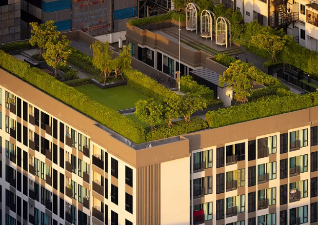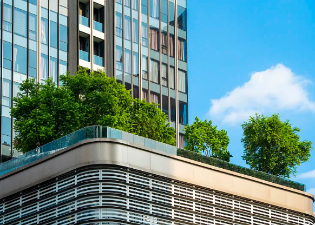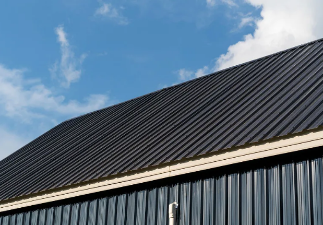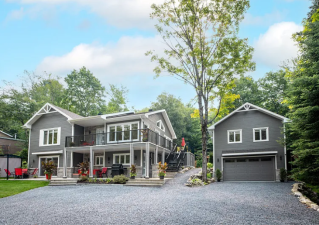With the acceleration of global urbanization and the gradual increase in environmental awareness, green roofs, as an innovative and sustainable building design, are rapidly becoming a hot topic in the construction industry around the world. It can not only bring more green space to the city, improve air quality, but also effectively save energy consumption and reduce the environmental burden. For people living in Europe and the United States with a high degree of urbanization, green roofs are undoubtedly an important trend leading to future architectural design.
Green Roofs: A 'green revolution' in cities
In developed countries such as Europe and the United States, the construction of green roofs is not only to beautify the city, it is a comprehensive ecological solution. By planting plants on the roof of a building, a green roof can effectively insulate and hold heat, thereby reducing the energy needs of the building. Especially in the summer, the plant layer on the roof absorbs sunlight, reduces the internal temperature of the building, reduces the use of air conditioning, thereby saving energy and reducing carbon dioxide emissions.
This environmental advantage is particularly important for people living in highly urbanized areas in Europe and the United States. With the increasing extreme weather phenomena brought about by climate change, green roofs can not only regulate building temperatures, but also absorb rainwater, alleviate urban waterlogging, and avoid overloading drainage systems during heavy rains.

Multiple ecological benefits of green roofs
The environmental benefits of green roofs go far beyond that. Plants on rooftops can help absorb harmful substances and pollutants in the air and improve urban air quality. Especially in the urban environment with more serious air pollution, green roof vegetation can not only "purify" the air, but also effectively reduce the urban heat island effect, provide more "green lung", and help to improve the health level of residents.
In addition, green roofs also play a positive role in promoting biodiversity. They provide habitat for wildlife such as birds and insects, and shelter for animals in cities that increasingly lack natural habitats. For European and American countries, this ecological function is in line with the needs of modern cities for environmental friendliness, and can also be better integrated into the urban natural environment.
The future trend of green roofs: intelligent and multi-functional
In the future, the development trend of green roofs will be more intelligent and multi-functional. With the advancement of technology, modern green roofs are not limited to a single vegetation cover, they will be equipped with more efficient intelligent irrigation systems, automatic environmental monitoring systems and other high-tech equipment, so that roof plants can remain in the best condition in different climatic conditions.
For example, smart irrigation systems can automatically adjust the amount of water according to weather changes, saving water and ensuring normal plant growth. The environmental monitoring system on the roof can monitor temperature, humidity and other data in real time, providing timely feedback for the roof manager to ensure the healthy growth of roof plants.
The functions of the green roof will also gradually diversify, and the green roof of the future can not only be an ecological space, but also a core part of social recreation areas, rooftop farms, and even urban agriculture. Many cities in Europe and the United States have begun to try to grow organic vegetables on the roof to provide citizens with fresh agricultural products, forming a unique urban agricultural landscape.
Costs and challenges: Bottlenecks in the promotion of green roofs
Despite the environmental and social benefits of green roofs, there are still some challenges to their adoption, especially in terms of cost and technical implementation. The construction of green roofs requires complex structural design and construction, and the initial investment is high, which is not a small burden for some developers or owners. However, with the advancement of technology and the innovation of materials, the construction cost of green roofs is gradually decreasing and will be more popular in the future.
In Europe and the United States and other countries, the policy support for green roofs has gradually strengthened. Many cities are introducing incentives, such as tax breaks and construction subsidies, to encourage businesses and residents to install green roofs. In addition, with people's attention to green buildings, green roofs will become the standard in the construction industry in the future, becoming a symbol of sustainable development and environmental protection.

As a kind of architectural innovation with both environmental protection and energy saving, green roof not only brings more green space to the city, but also provides a new solution for coping with global climate change and improving the ecological quality of the city. In Europe and the United States and other countries, the popularization and development of green roofs will become an important direction of future architecture. With the continuous progress of technology and the promotion of policies, green roofs will gradually overcome the current challenges and usher in broader prospects for development. For modern city dwellers who pay attention to environmental protection and pursue sustainable development, green roofs will become their ideal living space.


